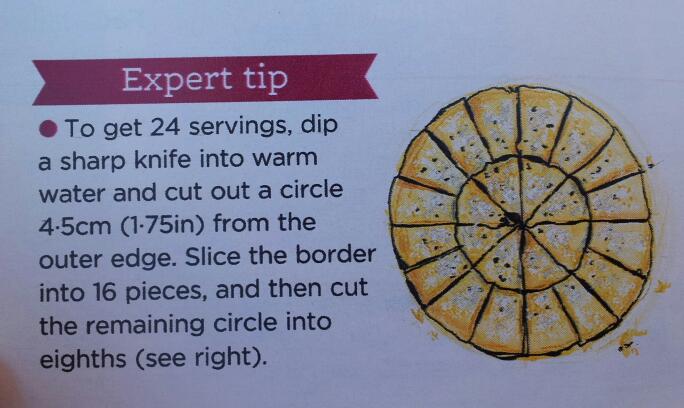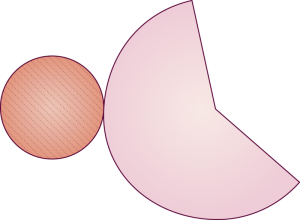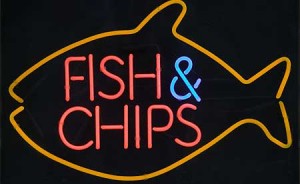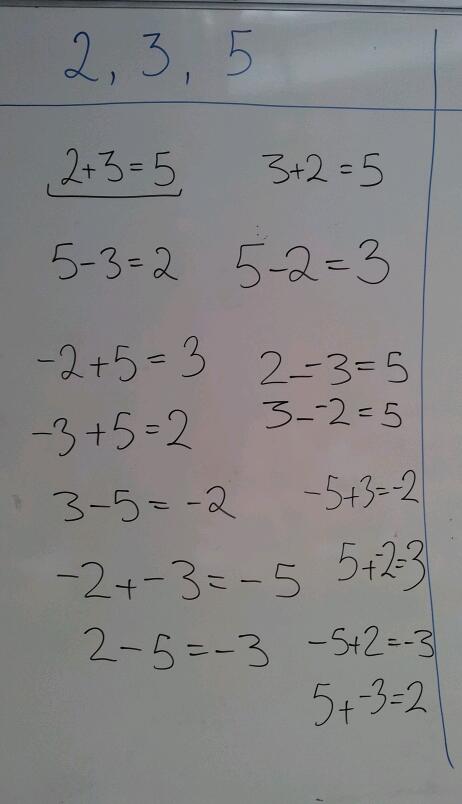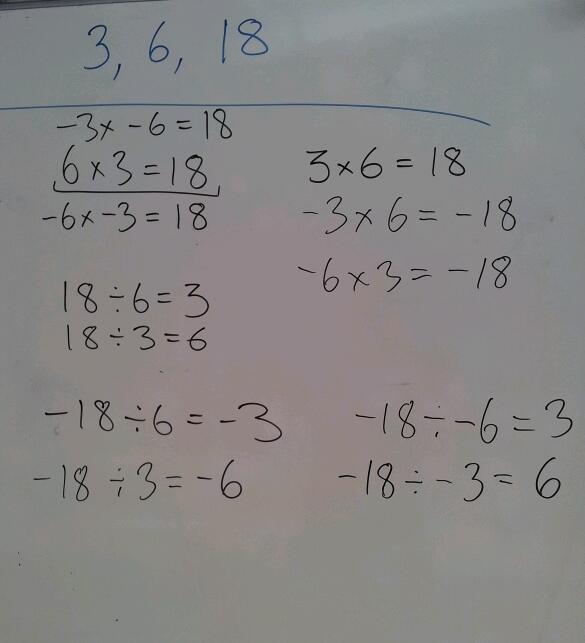Calling all creative thinkers!
What mathematical questions could you set from this picture?
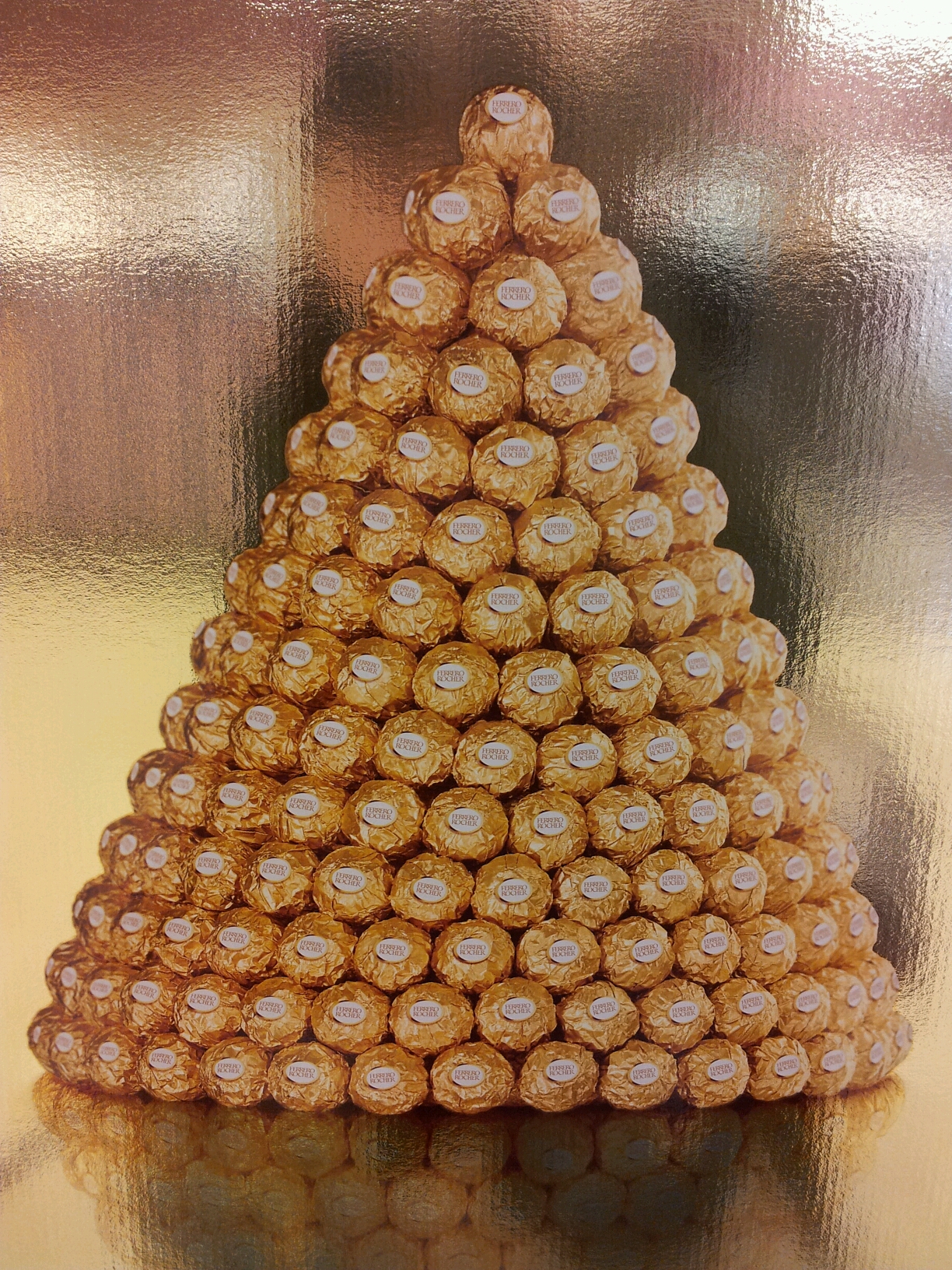
Here are a few to start you off:
1. Sequences – do the increasing number of chocolates in each layer form a sequence (in 2D, in 3D)? If so, what is the general term? Is it geometric or arithmetic?
2. Series – if it is an arithmetic sequence, can you find the sum of a finite number of layers? Which layer would have the 1000th chocolate?
3. Geometry – what shape must the layers be in order to form this structure? Is there a pattern to the layers? Could you stack these in a different way to form an equally stable structure?
4. Money – if a standard box holds 12 chocolates, how many boxes would a 2D or 3D version of this require? What is the cost? What if they came in a larger box? Could you save money?
5. Health – how many calories are there in the tower? How far would you have to run to burn off the calories? How many ‘average’ meals is it equivalent to? How many fastfood burgers? How sick would you feel after all that chocolate?!
Instead of setting a question, why not ask your students or even your trainee teacher what questions they can come up with?
Like this:
Like Loading...

